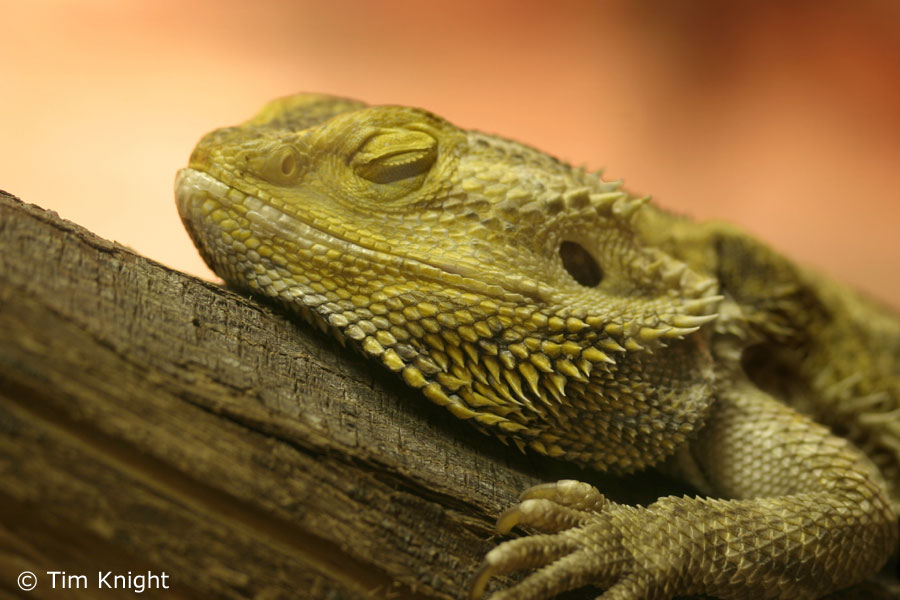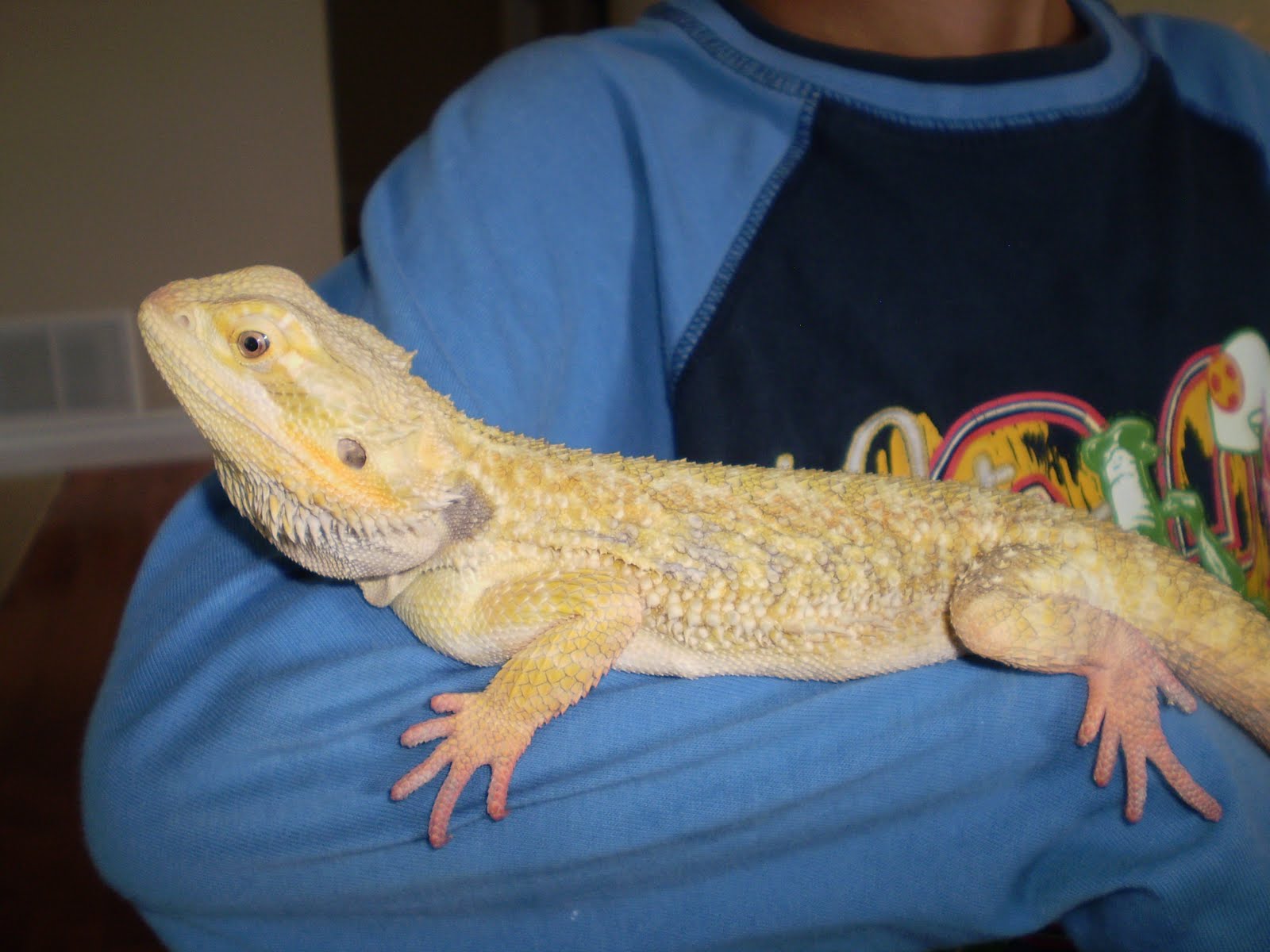10 Fascinating Facts About Pale Bearded Dragons You Need to Know
Introduction to Pale Bearded Dragons
Bearded dragons are popular choices for a pet lizard, and the pale bearded dragon is a unique color morph. They are known for their docile nature and ease of care, making them an excellent pet for beginners.

What is a Pale Bearded Dragon?
Pale bearded dragons are a color morph of the Pogona vitticeps species. They have a lighter, almost beige coloration with pale markings and a white underside. This unique coloring is due to a genetic mutation.
Where do Pale Bearded Dragons come from?
Bearded dragons are native to Australia and are found throughout most of the country. Pale bearded dragons can be found in the wild, but they are not as common as other color morphs. They are more commonly bred in captivity for the pet trade.

Pale Bearded Dragon Size
Pale bearded dragons are a medium-sized lizard, reaching an average length of 18-24 inches. They can weigh anywhere between 350-550 grams.
Pale Bearded Dragon Care
Housing
A single adult pale bearded dragon requires a terrarium of at least 40 gallons, but larger is always better. They are a desert species, so the habitat should have a hot side and a cool side. The hot side should have a basking spot of 100-110°F, while the cool side should be around 75°F. They also require UVB lighting to aid in vitamin D3 production, which is essential for calcium absorption.
Feeding
Pale bearded dragons are omnivorous and require a balanced diet of both insects and vegetables. As a general rule, the diet should consist of 60% insects, such as crickets, mealworms, and dubia roaches, and 40% vegetables, such as collard greens, mustard greens, and squash.
Handling
Bearded dragons are generally docile, but they can become stressed if handled too roughly or too often. It’s important to handle them gently and ensure they have a comfortable grip on your hand or arm. Regular handling can help tame them and build trust.

Common Health Issues
Pale bearded dragons, like all reptiles, are susceptible to certain health issues. One of the most common is metabolic bone disease, which is caused by a lack of calcium and vitamin D3. You can prevent this by making sure they have access to UVB lighting and a balanced diet. Other health issues include respiratory infections, parasites, and shedding problems.
Interesting Facts About Pale Bearded Dragons
- The pale coloration of this bearded dragon is due to a genetic mutation.
- Bearded dragons can make great pets for beginners due to their docile nature and ease of care.
- They are native to Australia and are found throughout most of the country.
- Adult pale bearded dragons require a terrarium of at least 40 gallons.
- They require UVB lighting to aid in vitamin D3 production, which is essential for calcium absorption.
Conclusion
If you’re considering getting a pale bearded dragon as a pet, they can make great companions. They require some specialized care, but they are generally easy to care for and fun to watch. Remember to always provide them with a balanced diet, comfortable living quarters, and regular handling to keep them happy and healthy.

